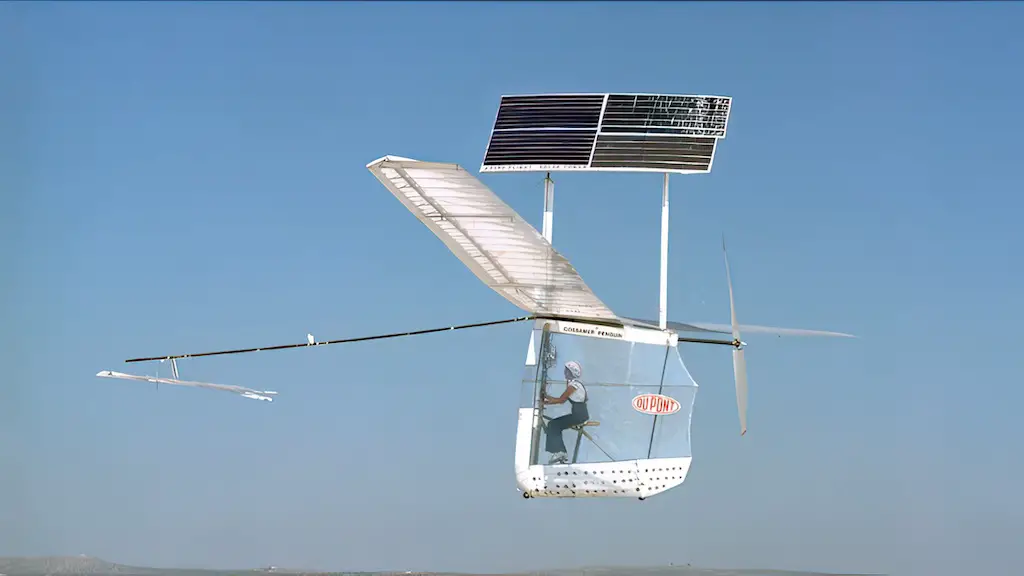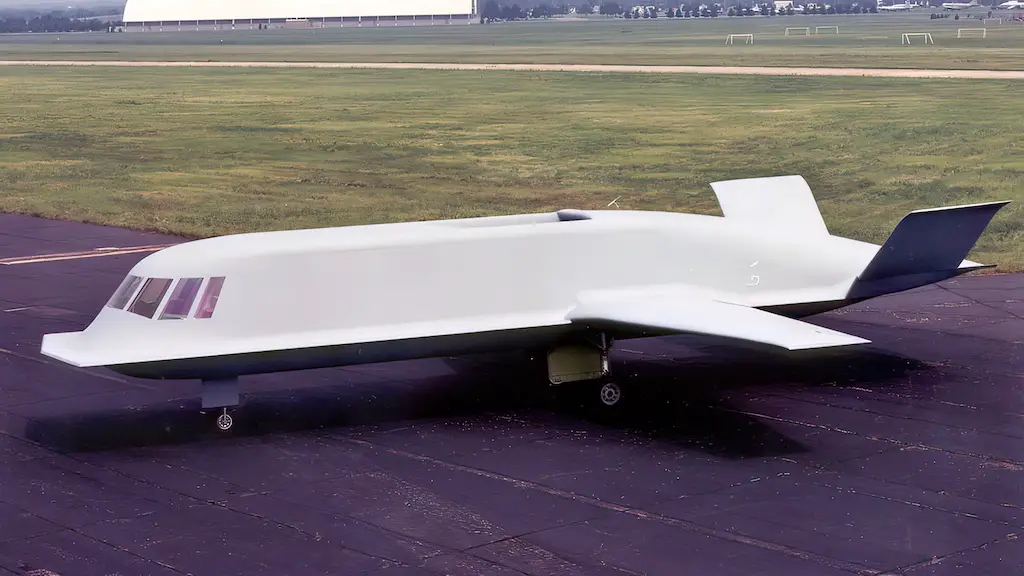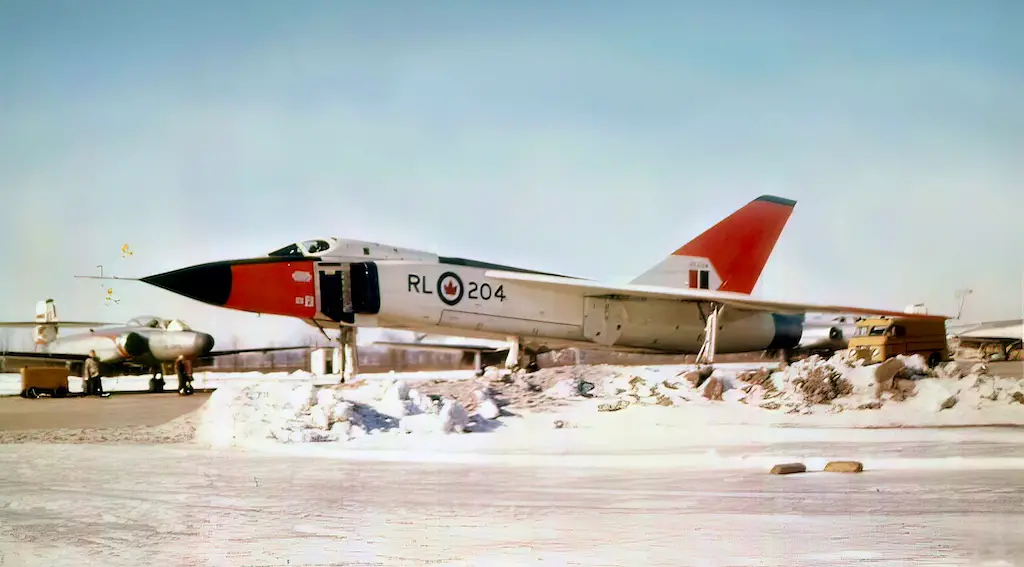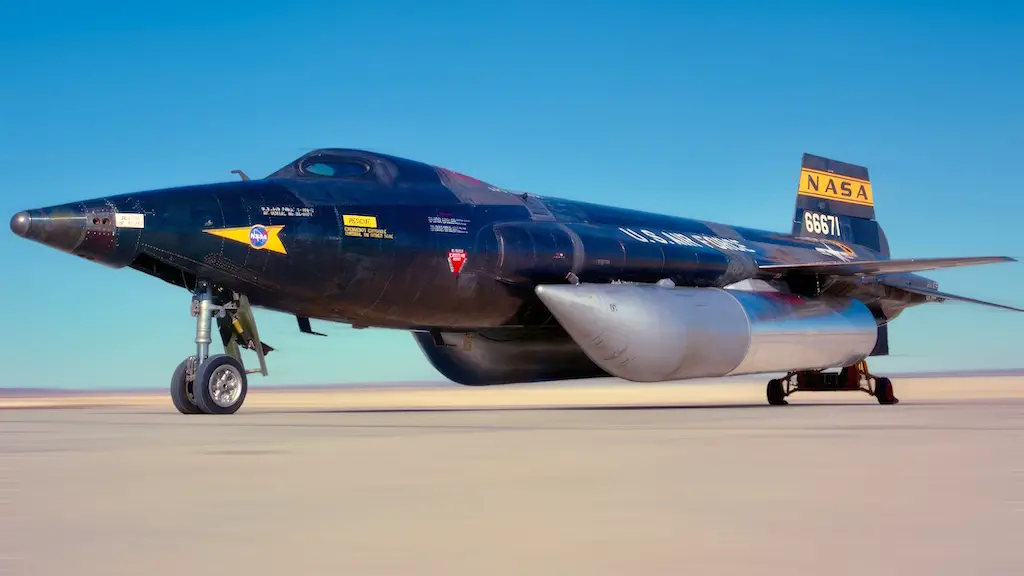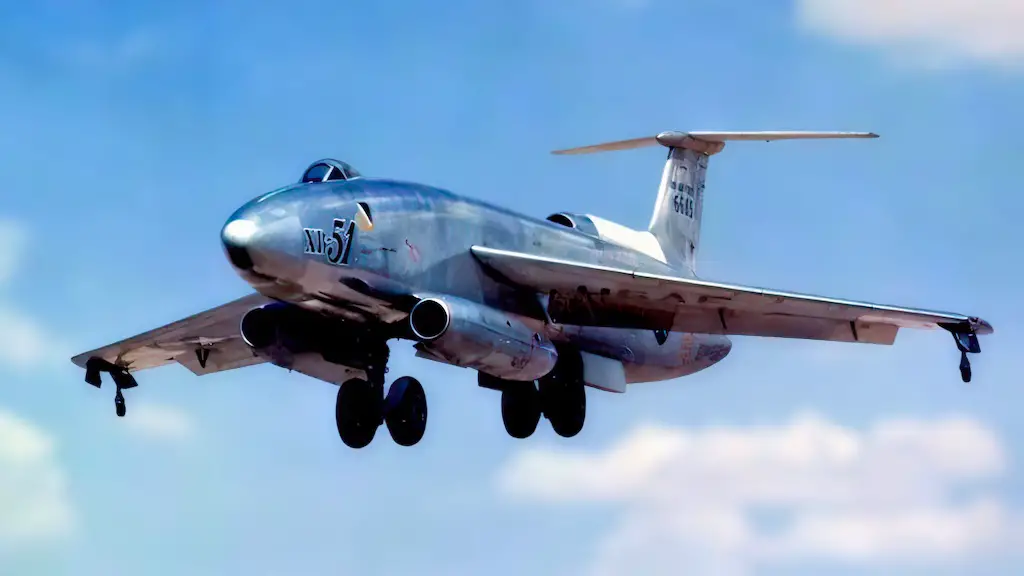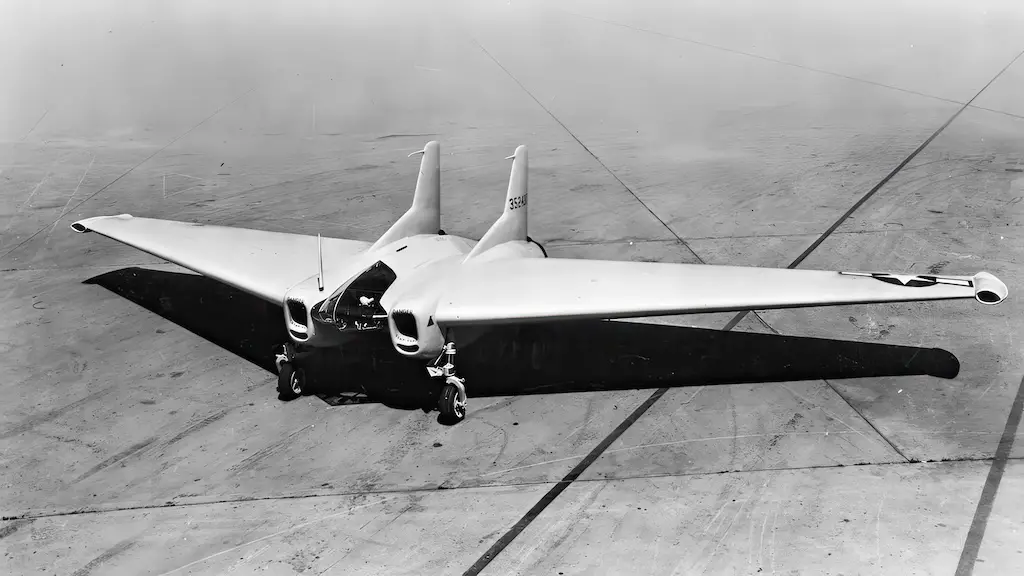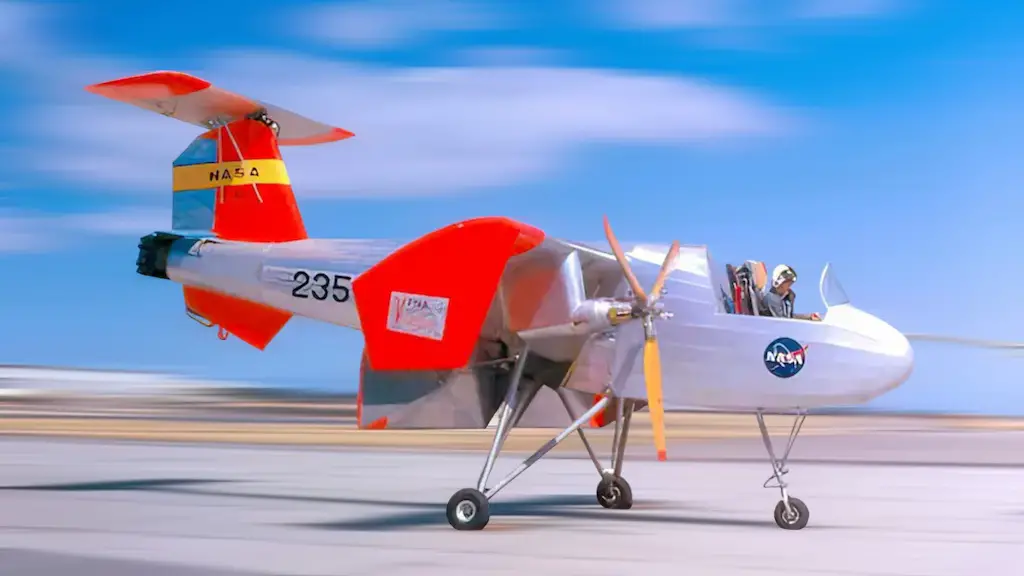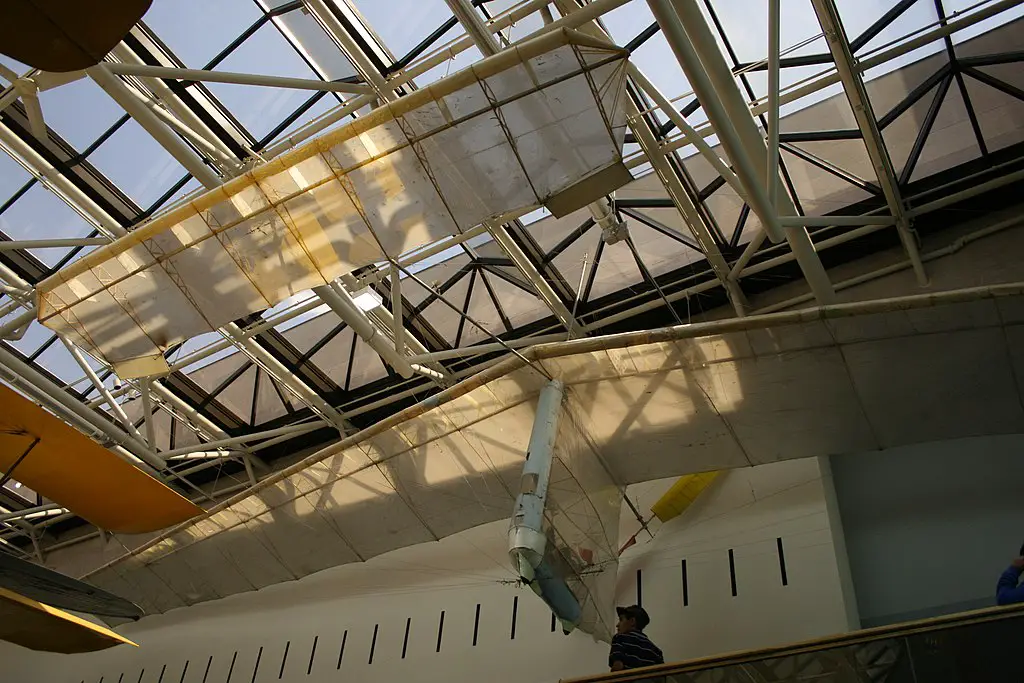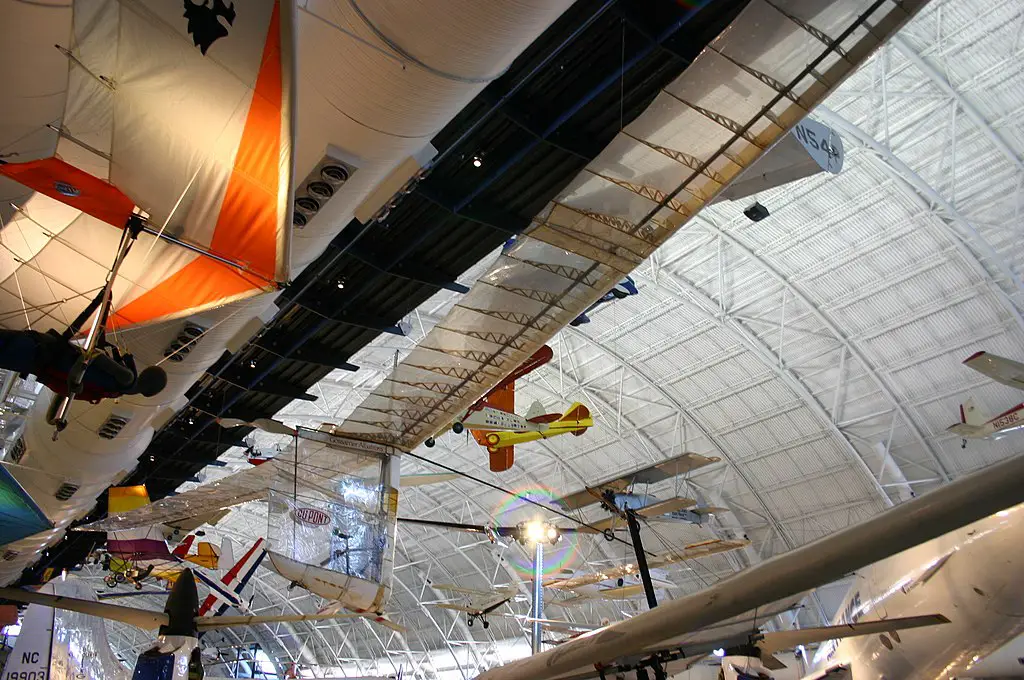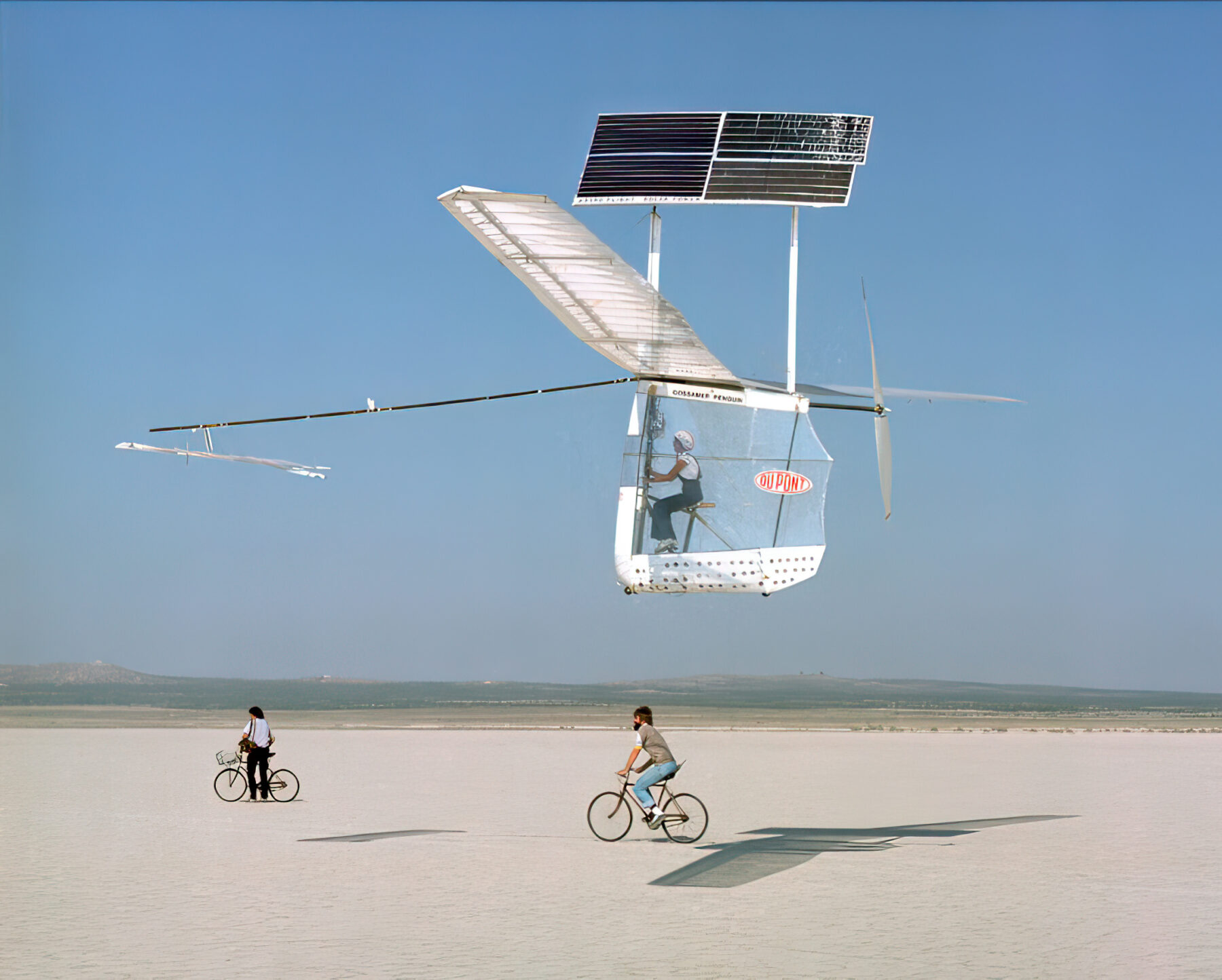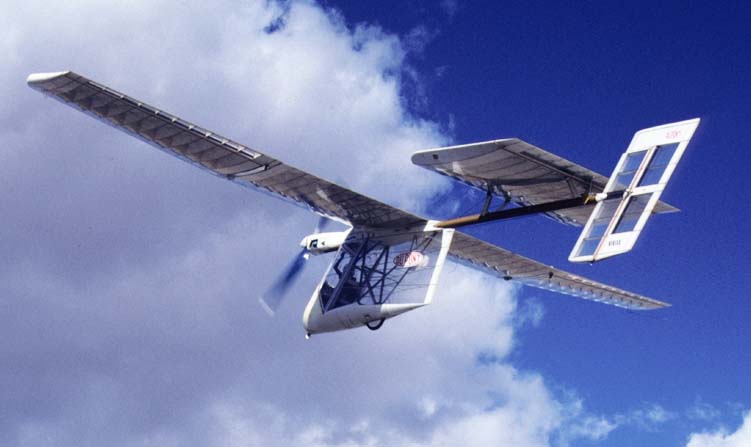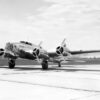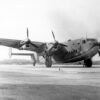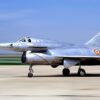Today the environmental impact of aircraft on climate change is a major discussion issue and the development of electric flying vehicles is on the agenda of many aircraft manufacturers. Four decades ago, when transition to renewable energy sources was still much less topical than today, American aeronautical engineer Paul MacCready built and successfully tested the world’s first solar-powered aircraft capable of sustained flight. He named it Gossamer Penguin.
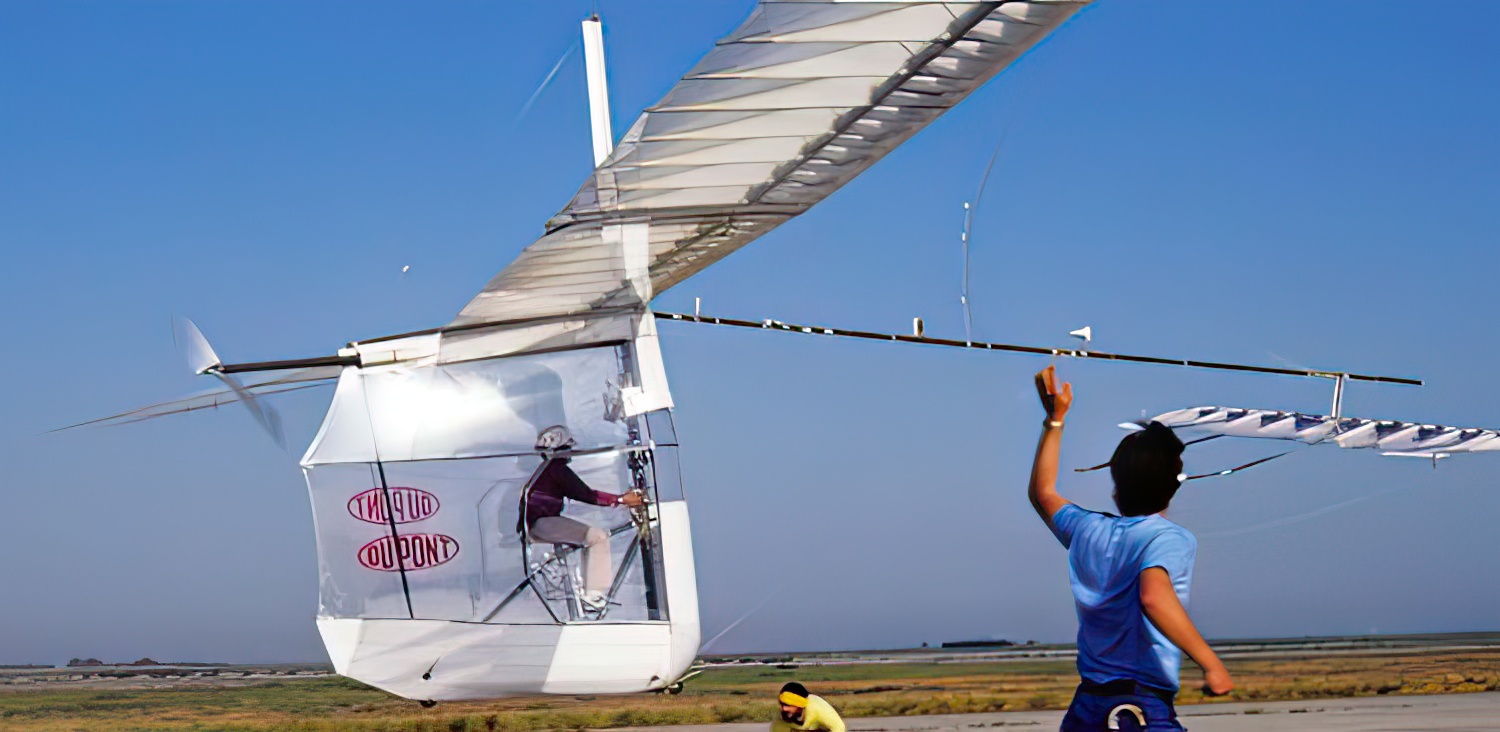
Making the Penguin from the Albatross
Given the meager amounts of energy that a solar panel could provide, the key challenge in building the Gossamer Penguin was making the airframe as lightweight as possible. Luckily, MacCready had accumulated quite a lot of experience in that area: in the previous years he had built Gossamer Condor and Gossamer Albatross, the first successful human-powered aircraft. So, having essentially invented a flying bicycle just a couple years earlier, he decided not to reinvent the wheel and adopt the same design for the solar power. So, MacCready’s AeroVironment, Inc built a 3/4 scale version of the Albatross, which received the name of Gossamer Penguin.
The resulting aircraft had a wingspan of 71 ft and a wing area of 297 sq ft, while weighing just 68 lb without the pilot. It carried a 541-W solar panel made up of 3920 solar cells powering a single Astro-Flight Astro Cobalt 40 electric motor. The aircraft could also carry onboard a 28-cell Nickel Cadmium battery pack as a backup option.
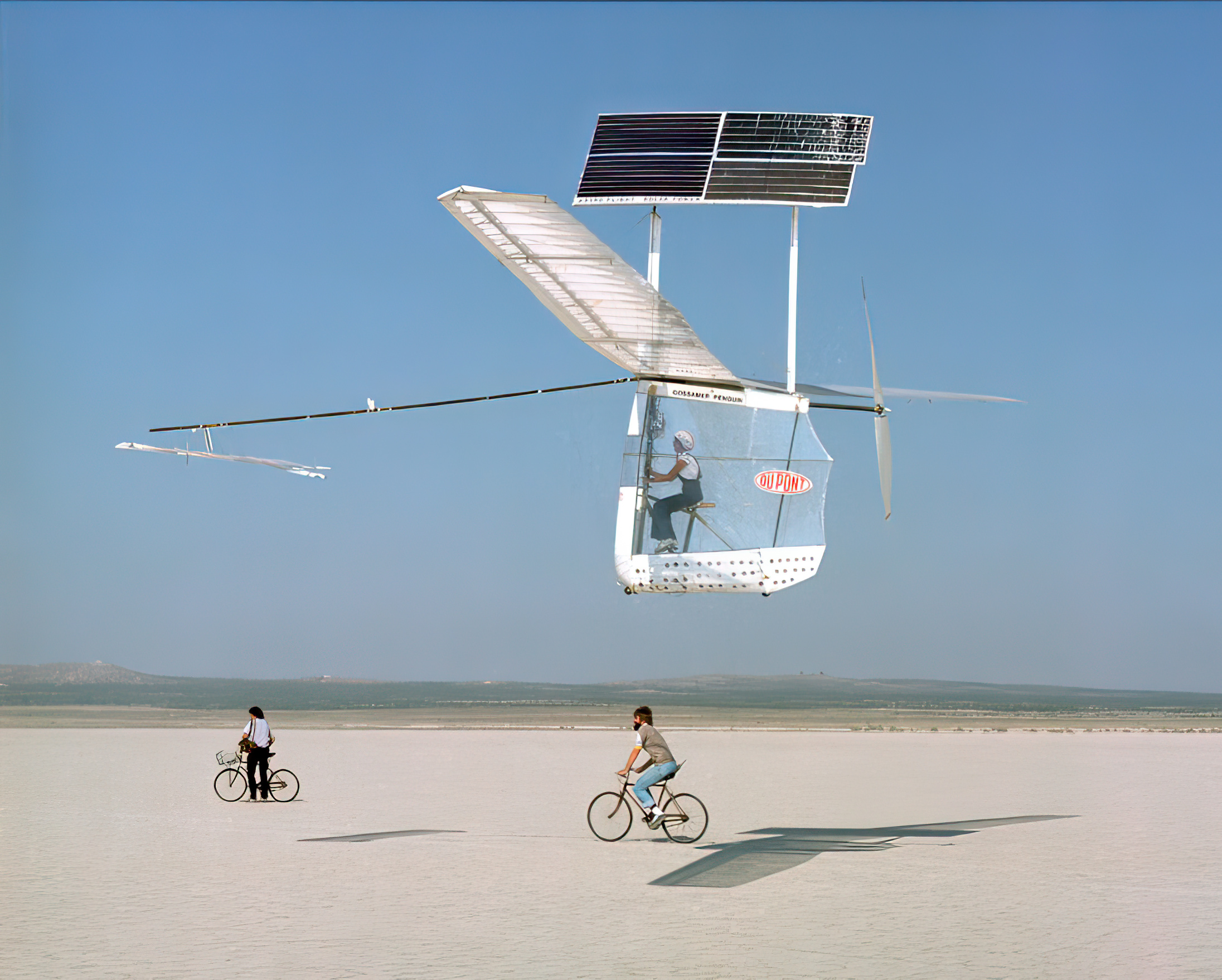
Flying the Penguin
The Gossamer Penguin’s lightweight and fragile design made it a challenge to fly, but persistence and perseverance paid off, and the aircraft successfully completed quite a few flights.
The Penguin’s first flight, using the NiCad battery pack, took place on April 7, 1980. The aircraft was piloted by Marshall MacCready, the inventor’s thirteen-year-old son, who weighed about 80 lb at the time. Next, on May 8, Marshall MacCready took off at Shafter Airport near Bakersfield, California, using a solar panel and managed to complete a 500-ft-long flight.
On August 7, 1980, Janice Brown, a Bakersfield school teacher and a licensed pilot weighing about 100 lb at the time, flew the Gossamer Penguin powered by a solar panel in front of a crowd at NASA’s Dryden Flight and Research Center in California. She had made about 40 short training flights using battery and solar power prior to that. But on that day, Janice flew 1.95 miles in 14 minutes 21 seconds. That was the first really long flight of a solar-powered crewed aircraft and the longest flight of the Penguin since its development began.
The Penguin’s legacy
Of course, MacCready’s Gossamer Penguin, very fragile and difficult to maneuver, did not revolutionize the field of aviation at the time. But this airplane’s innovative design paved the way for many subsequent solar-powered aircraft, such as the Solar Challenger, and inspired new research into efficient and sustainable alternative forms of air travel. Today, the Gossamer Penguin is on display at the Smithsonian National Air and Space Museum in Washington, DC.

